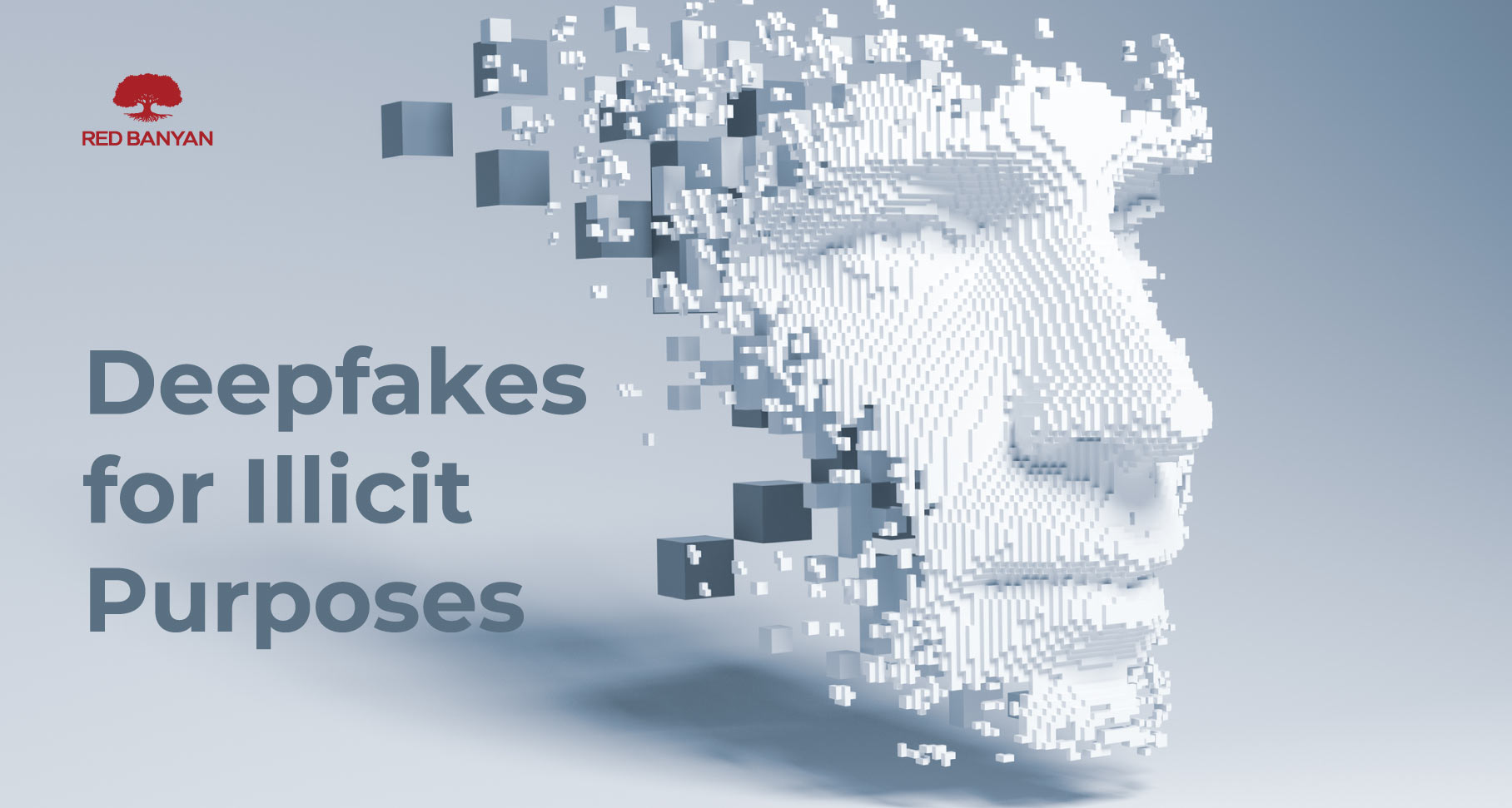Using Deepfakes for Illicit Purposes
October 31, 2023 | Category: Blog, Crisis Communications Florida, Media Relations, News

AI-generated media content that portrays something that never really happened or is misleading is referred to as deepfake. Deepfakes warp our perception of reality with fake sights and sounds that make it difficult to separate fact from fiction. And because technology is continually improving and deepfakes are getting better, it is getting harder and harder to recognize these illusory images.
What is a Deepfake?
“Deepfakes” use technology to replace the likeness of someone in video or audio with the likeness of someone else. The process is done with artificial intelligence, or AI, and commonly edits the face of someone else onto the body of someone in a video, making it appear as if someone said or did something they really had not done or said.
There is no one simple way to determine if something has been created by AI and this increasingly sophisticated technology can be used to create misleading or false videos, target celebrities, shame women, manipulate elections and create false histories. Awareness of deepfakes and how they may be used is key to preventing them from being widely circulated.
Uses for Deepfakes
Deepfakes can be used positively to help create training videos, assist law enforcement in recreating crime scenes, and to help people protect themselves online from identity theft by allowing them to set up fake accounts with AI generated avatars.
However, deepfakes have been widely used to created online porn, including swapping the faces of celebrities with porn stars to create embarrassing videos that look like the real thing. Deepfakes can be used to spread misinformation by portraying someone doing or saying something they never did. Deepfakes convince viewers to believe things that are not true through fake videos, audio and messages that closely resemble the real thing. Deepfakes can also be used to create false evidence in criminal cases.
Crises Caused by Deepfakes
Deepfakes can be used to intimidate and harass, incite civil unrest and influence elections. AI technology, used nefariously, can undermine public trust in audio-visual content and sow doubt about almost anything that is viewed online. If shared on social media, massive numbers of people can be affected by the misleading or false content, causing great harm to society.
Do you have a crisis management plan in place? Knowing what to do before a crisis occurs will allow you to respond to an emergency faster and help you take control of the situation. Red Banyan’s crisis communications experts have the experience and skills to guide you through a crisis and ensure you emerge unscathed on the other side. Red Banyan with help you finds the right solution for your problem.
Crisis Management and AI
The introduction of AI is sure to bring with it many challenges so it is important to have a plan of action should a crisis arise. Because AI is still evolving, it is still unclear what sort of emergencies will crop up. But AI and deepfakes are evolving with lightning speed so it is important to pay attention, stay informed and keep abreast of all the latest technology. Understanding how deepfakes work and the different possible ways to detect a deepfake are key to surviving this sophisticated new technology and coming out safely on the other side.
In a bind? Red Banyan‘s crisis PR experts can help.

